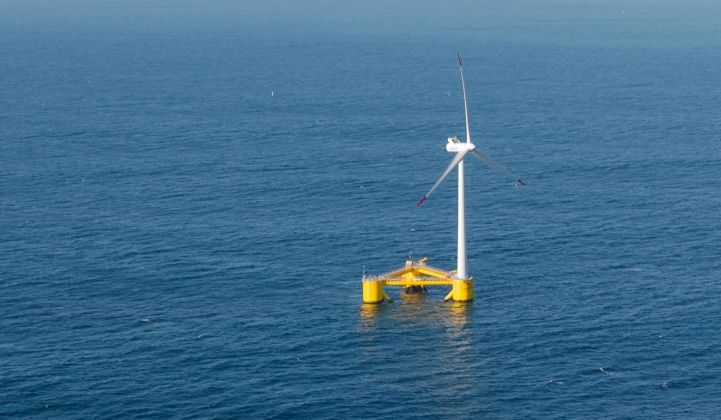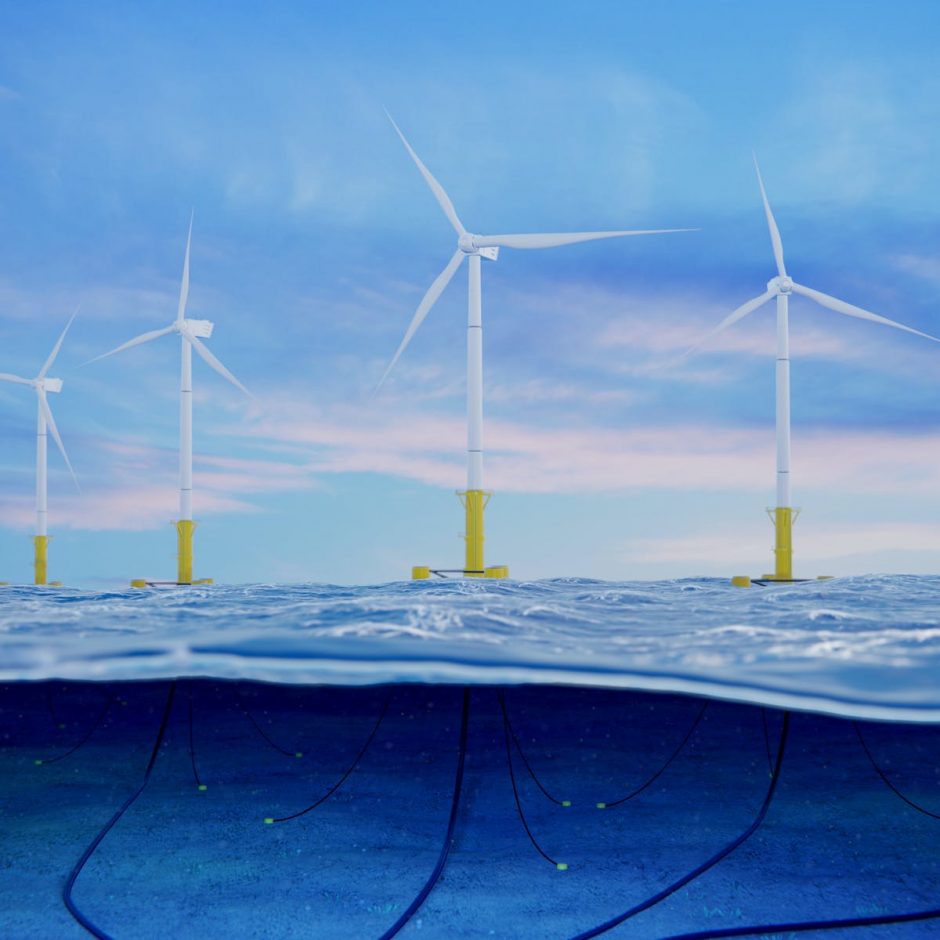Have you ever seen a wind turbine floating on water?
Well, it is the next big thing in the world of green technology.
We all have seen onshore wind turbines. It is present everywhere all around the world.
However, today the topic of discussion is offshore wind turbines. As the name goes, these wind turbines are set up in between the water.
This concept came into existence three decades ago. In the beginning, the wind turbines were set up on fixed foundations between the water.
It gave rise to the concept of floating wind turbines. Instead of setting up the wind turbines on fixed foundations in the water, they are set up on floating platforms.
Floating Offshore Wind:
As the name goes, here, the wind turbines are on a floating platform in the water. Instead of being at one fixed location, the wind turbine will float on water.
It will float and move in the water. However, as a precautionary measure, it will be tethered to the seabed. It is done so that it doesn’t drift off towards beach, ships or ports.

How Does It Work?
It uses the Iceberg principle to work. As we know, most of the part of the iceberg underneath the water. What we are able to see is only the surface or tip. Similarly, most of the mass of the turbine will be underneath the water to keep it afloat.
Hywind Scotland is the only win farm in the world to use this technology. Most of the mass of the wind turbines is underneath the water.
There are four basic designs to set up this technology in water. Each concept and design is different. Developers are searching for new methods to reduce the overall cost.
Equinor:
Equinor has come up with buoy design for floating offshore wind project. It uses gravity to keep the turbine stable in the water.
Principle Power and Hexicon:
They have come up with the semi-submersible design. It will use buoyancy for stability. It is perfect for shallow water.
Ideol:
They are using a square barge for this project. They will create a dampening pool to keep the turbine stable. It is perfect for shallow water.
Stiesdal Offshore Technologies:
They are using a tension-leg platform for the project. It uses a taut mooring system to keep the turbine stable. It is cheaper and requires fewer resources.
Why Is It Better?
Floating offshore wind turbines are better than the fixed ones. As the wind turbines are in the water, they will have access to deep waters. It will not only increase the capacity but also give more access to sites for setup.
More than 60% of wind energy in the US can be harnessed using this technology. The fixed turbines cannot be constructed in deeper water. So this tech is the only solution.
In Europe, this technology can potentially generate up to 4 terawatts of power. In Japan, they can generate power up to 500 gigawatts.
It will be a perfect solution for oil and natural gas companies. They can use the power from this technology for operations.
More and more American, European and Japanese companies are entering into the market to harness the full potential of wind energy by using floating wind turbines.
It is the next big thing in the green technology market.
